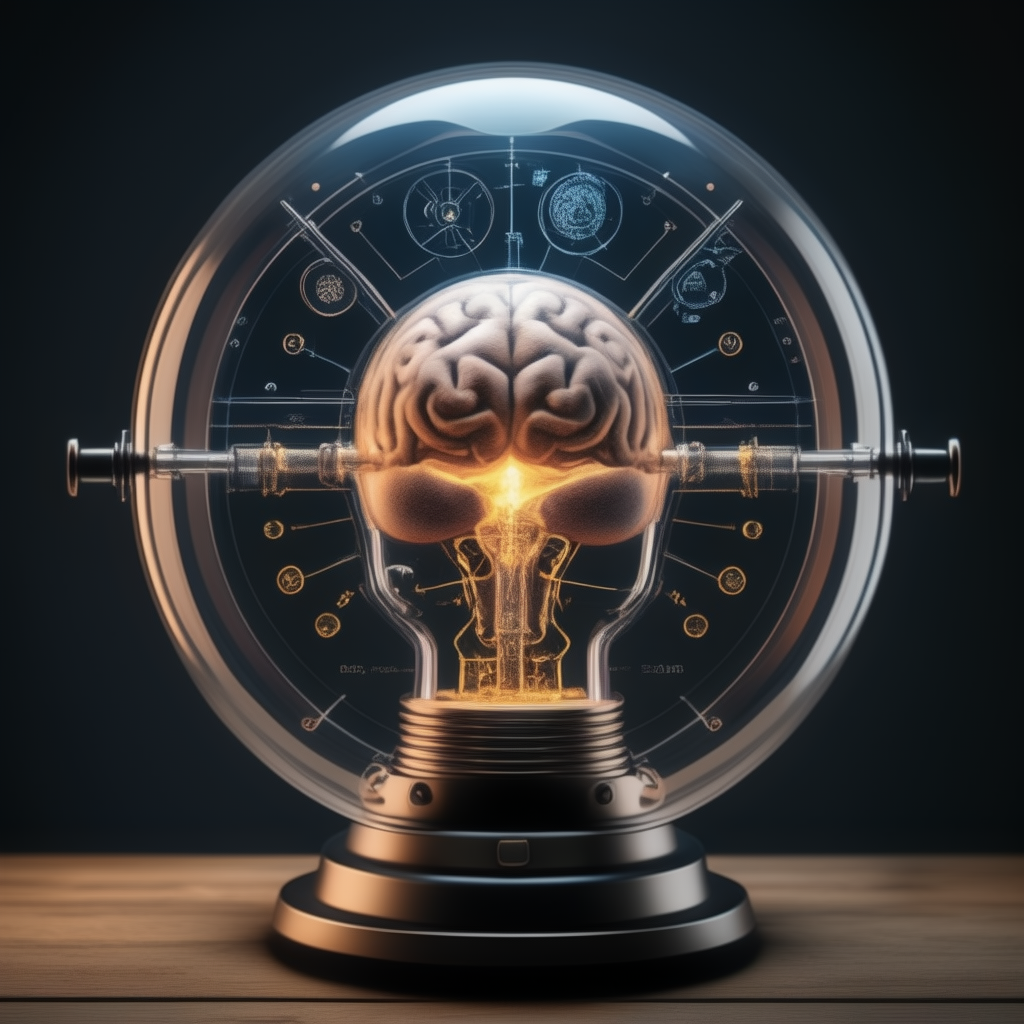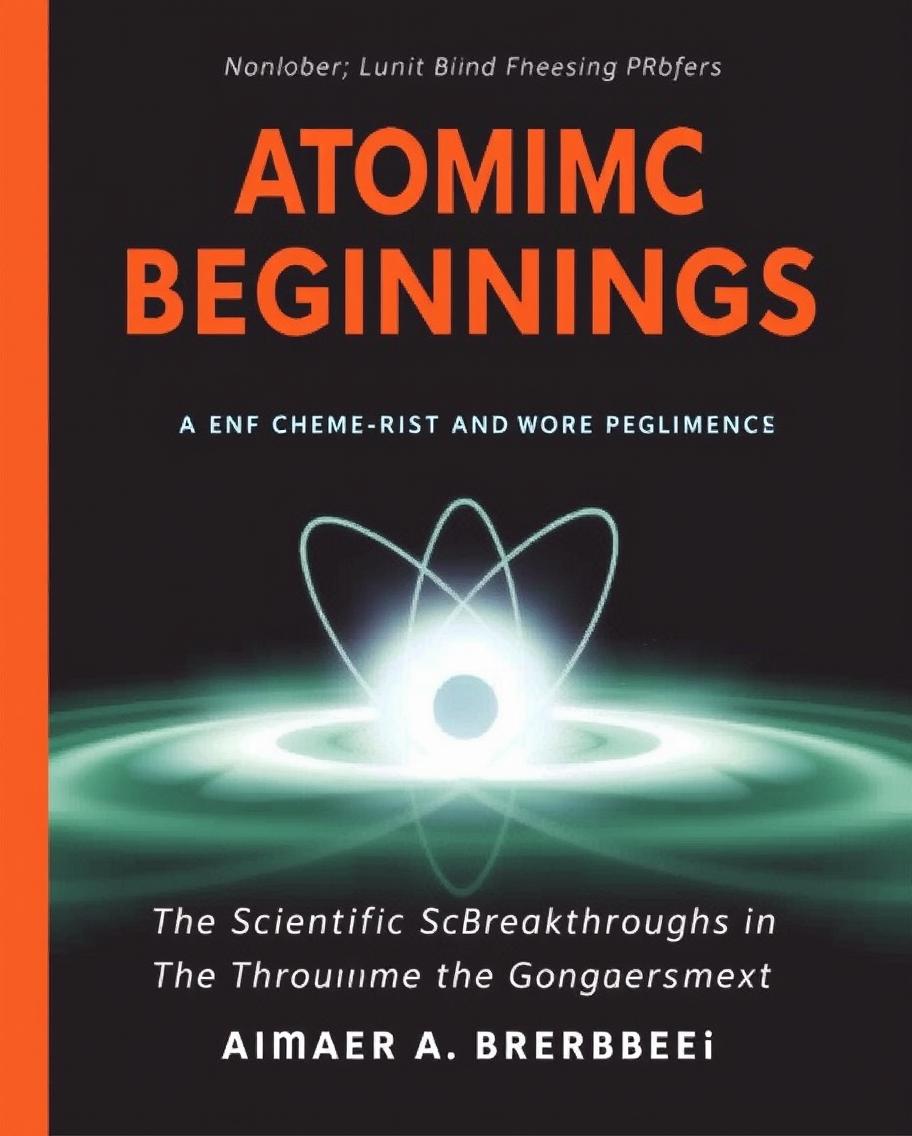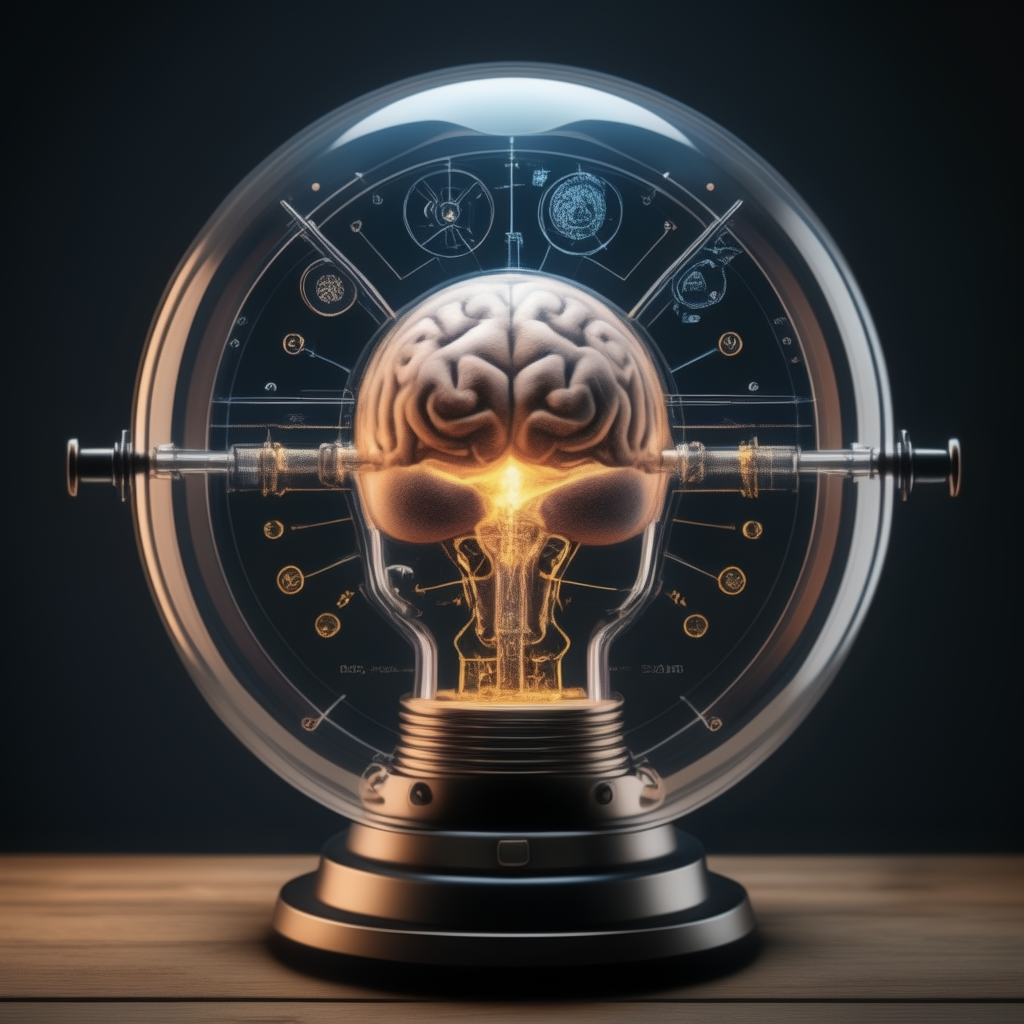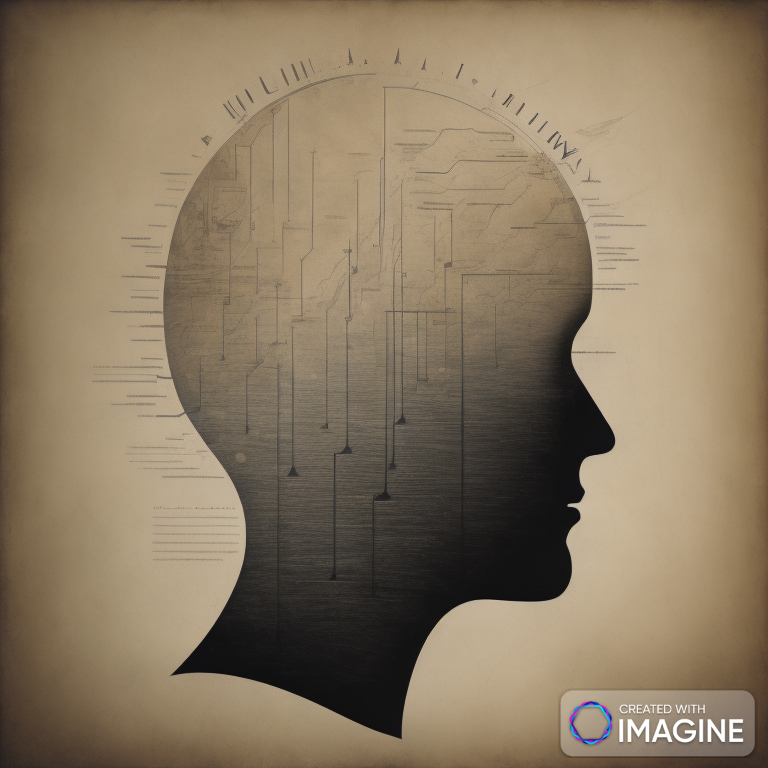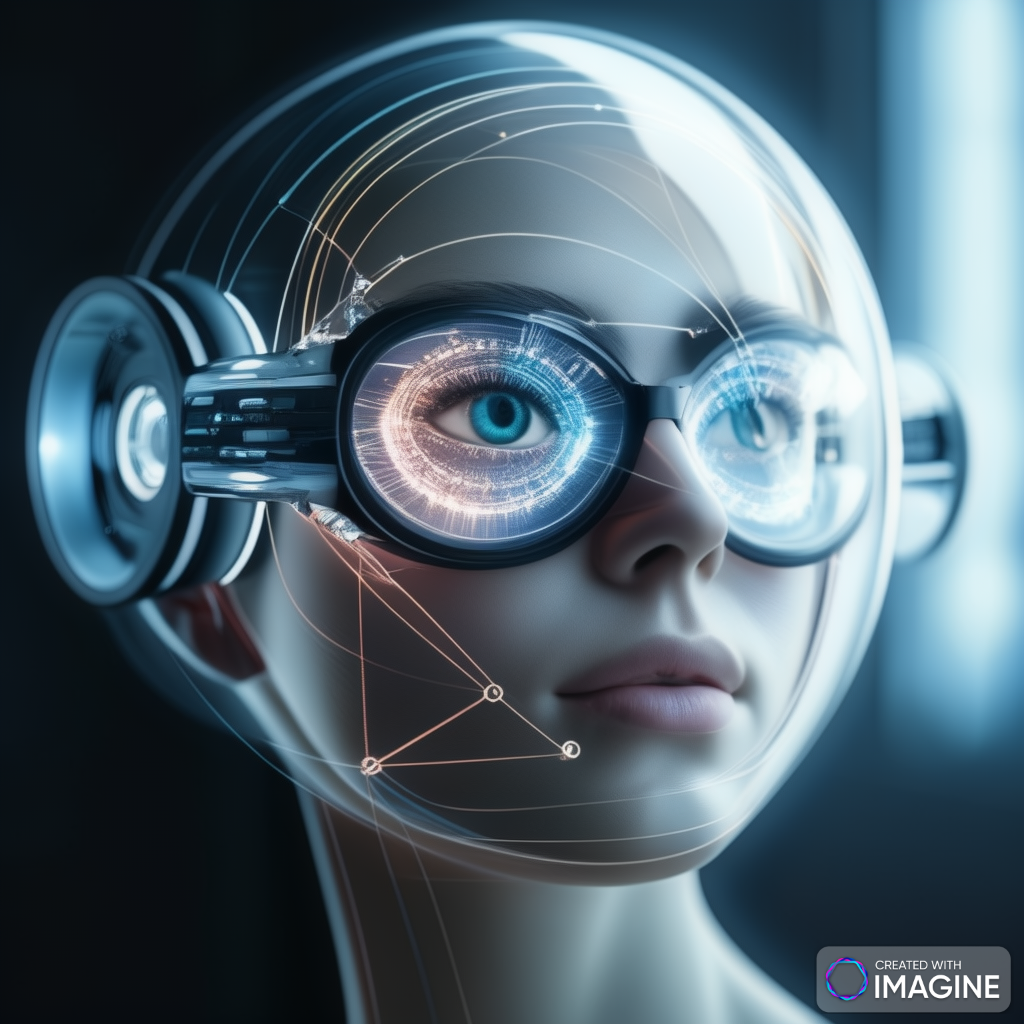The Power of Problem-Solving: Breaking Down Complex Issues into Manageable Steps
In an ever-evolving world, the ability to define and solve problems effectively is a crucial skill for success. Whether it is in business, personal life, or intellectual pursuits, identifying the core problem and breaking it down into smaller, manageable steps requires an analytical, rational, and logical mindset. The belief that one can improve these abilities, irrespective of genetics, age, or circumstances, is not just empowering but fundamentally true. Humans are adaptable, and the mind can be honed to become sharper and more capable than ever before.
This blog post will explore how one can improve problem-solving abilities to such an extent that neither history nor the limitations of humanity can place any boundaries on potential. Here, we delve into key strategies, perspectives, and practices that can significantly enhance the art of defining and solving problems.
1. Defining the Problem Statement: The First and Most Crucial Step
Why Defining a Problem is Harder Than It Seems:
Most people rush to solve a problem without truly understanding it. This is like treating symptoms without diagnosing the disease. When a problem is misdefined, any effort or solution that follows will likely be ineffective. Many real-world problems are complex and multifaceted, making it easy to misinterpret them.
Example: Imagine you’re a business owner noticing a decline in sales. At first glance, the problem might seem to be poor marketing. But upon deeper analysis, the problem might stem from product quality, customer service issues, or even market shifts. Without defining the problem clearly, the chances of solving it become slim.
Key Strategies to Define the Problem Accurately:
- Ask the Right Questions: Break down the issue by asking targeted questions like “What are the symptoms?” and “What could be causing them?” This helps uncover deeper layers of the problem.
- Root Cause Analysis: Use frameworks such as the “5 Whys” to drill down to the underlying cause of a problem. This method helps you avoid treating surface-level issues.
- Clarify Ambiguities: Ensure that every element of the problem is clear. Any assumptions or vague notions need to be explored and challenged.
2. Breaking Down Complex Problems Into Manageable Steps
Once the problem is well-defined, the next crucial step is to divide it into smaller, more manageable components. Complex problems can be overwhelming when viewed as a whole, but by breaking them into parts, they become solvable.
Why Is This Important?
Big problems can feel intimidating and paralyzing. Breaking them into smaller tasks allows you to approach each step systematically and steadily. This prevents mental overload and provides clear progress markers.
Strategies for Breaking Problems Down:
- Divide by Components: Identify different aspects of the problem and focus on one at a time. For example, if you’re launching a product, break it into marketing, development, design, and logistics.
- Prioritize Steps: Not all steps need to be tackled immediately. Use prioritization techniques (such as the Eisenhower Matrix) to address what’s urgent and important first.
- Iterative Solving: Tackle each part of the problem one at a time, building on solutions as you progress. Start with simple steps and work toward complexity.
3. Improving Analytical, Rational, and Logical Thinking
Improving one’s problem-solving abilities is fundamentally about sharpening analytical, rational, and logical thinking. These mental skills are the foundation for clear and effective decision-making. And while these skills might seem to come naturally to some, they can be cultivated and enhanced through deliberate practice.
Key Pillars of Problem-Solving:
- Analytical Thinking: This involves systematically breaking down a situation, analyzing data, and drawing conclusions based on evidence.
- Rational Thinking: This emphasizes making decisions based on reason rather than emotion. It’s about weighing options and choosing what makes the most sense.
- Logical Thinking: This involves following a step-by-step process that adheres to sound reasoning principles. It’s about forming conclusions that follow from premises in a clear and consistent way.
Ways to Enhance Analytical, Rational, and Logical Thinking:
- Practice Puzzles and Brain Teasers: Engaging with puzzles and brain teasers trains your brain to approach problems systematically.
- Use Problem-Solving Frameworks: Methods like SWOT analysis, mind mapping, or the Six Thinking Hats can provide structured ways to tackle problems.
- Develop Critical Thinking: Engage with materials that challenge your assumptions and force you to think in-depth, such as philosophical discussions, strategic games, or rigorous debates.
- Continuous Learning: The more knowledge and experiences you gather, the more you expand your mental toolkit for solving problems. New information often leads to fresh insights and innovative solutions.
4. The Myth of Limitations: Why Genetics, Age, and Circumstances Don’t Matter
Contrary to popular belief, the potential for improving cognitive and problem-solving abilities is not limited by genetics, age, or circumstances. While these factors may influence starting points, they are not determining factors in one’s capacity for growth. History is replete with individuals who defied their “limitations” to achieve incredible intellectual feats.
Neuroplasticity: The Brain’s Capacity to Grow
- What It Is: Neuroplasticity refers to the brain’s ability to reorganize itself by forming new neural connections throughout life. This means that with effort and persistence, your brain can adapt and enhance its problem-solving capabilities.
- Age Is Just a Number: Studies show that even in old age, individuals can improve their cognitive function and reasoning abilities. The brain never stops growing as long as it is continually challenged.
Defying Circumstances:
No matter what your starting point is—whether you feel disadvantaged by upbringing, education, or external circumstances—there are no permanent barriers to improving your problem-solving abilities. Perseverance, discipline, and strategic learning can always overcome circumstantial limitations.
5. Achieving the Unprecedented: Pushing the Boundaries of Human Potential
Now, imagine taking these principles to such a level that your problem-solving abilities surpass any historical benchmark. This is not about competition, but rather about personal mastery. Becoming an expert in breaking down and solving complex problems can transform every aspect of life—from career to personal fulfillment.
How to Push Your Problem-Solving Abilities Beyond Conventional Limits:
- Adopt a Growth Mindset: Believe that your abilities can be developed through dedication and effort. This mindset is the foundation for all great achievements.
- Relentless Practice: Focus on solving increasingly complex problems to continually stretch your mental limits. The more challenging the task, the more your brain grows.
- Continuous Self-Improvement: Seek feedback, measure your progress, and iterate on your problem-solving process. Treat each new problem as an opportunity for growth.
- Embrace Failure: The path to unprecedented success is filled with trial and error. Each failure is simply a stepping stone toward refining your ability.
To understand the improvement of problem-solving abilities from a deeper, more scientific perspective, it’s essential to explore various fields like neuroscience, biology, psychology, and more. Problem-solving is a complex cognitive function influenced by multiple factors, including genetics, age, neuroplasticity, environmental factors, habits, lifestyle, and even evolutionary biology. By examining these elements, we can uncover universal truths supported by scientific research, providing a strong foundation for enhancing cognitive skills.
1. Neuroscience of Problem-Solving: Brain Structures Involved
The Role of the Prefrontal Cortex:
The prefrontal cortex (PFC), located at the front of the brain, is widely regarded as the control center for higher-order thinking, including problem-solving, decision-making, and planning. Research has shown that the PFC is essential for organizing thoughts, weighing options, and making logical connections, which are all critical components of problem-solving.
- Neuroscientific Evidence: Studies using fMRI (functional magnetic resonance imaging) have revealed increased activation in the prefrontal cortex during problem-solving tasks, confirming its central role in this cognitive process.
- Universal Fact: The prefrontal cortex plays a key role in human cognition across all individuals, regardless of genetics, age, or culture, making it a universally essential brain structure for problem-solving.
The Limbic System’s Influence on Emotions:
Problem-solving is not purely logical; emotions play a significant role as well. The limbic system, which includes the amygdala and hippocampus, manages emotional responses. Emotional regulation during problem-solving, such as controlling frustration or stress, impacts performance.
- Universal Fact: Emotional states influence cognitive abilities, and the limbic system’s functioning is critical for managing emotions during problem-solving.
2. Genetics and Problem-Solving: Inherited Traits vs. Environmental Influence
The Role of Genetics:
While genetics influence cognitive traits such as intelligence, attention span, and memory, research in behavioral genetics shows that environmental factors often play a more significant role in shaping problem-solving abilities. For instance, the COMT gene, associated with dopamine regulation in the prefrontal cortex, can affect decision-making and problem-solving under pressure.
- Universal Fact: Genetics set a baseline for cognitive abilities, but environmental influences, such as education and life experiences, play an even larger role in shaping problem-solving skills.
Neuroplasticity: The Brain’s Capacity to Rewire Itself:
Even if genetic predispositions influence baseline cognitive functions, the concept of neuroplasticity offers a promising outlook. The brain can rewire itself through learning, practice, and experience. This means that with focused effort, anyone can improve their problem-solving abilities, regardless of their genetic starting point.
- Scientific Truth: Neuroplasticity has been observed and measured in countless studies, indicating that the brain can form new connections and pathways even in adulthood. Learning and repeated problem-solving activities can literally reshape the brain’s neural networks.
3. Age and Problem-Solving: Lifelong Cognitive Growth
Cognitive Development Across Ages:
While it is commonly believed that cognitive abilities decline with age, recent research shows that certain cognitive functions can improve or remain stable well into old age. For example, crystallized intelligence, which is based on accumulated knowledge, tends to improve with age. On the other hand, fluid intelligence, the ability to solve novel problems, may peak in early adulthood but can be maintained through regular mental exercises.
- Universal Fact: Age alone does not dictate cognitive decline. Regular engagement in mentally stimulating activities can preserve or even improve problem-solving abilities well into old age. Research supports that lifelong learning, puzzles, and cognitive challenges keep the mind sharp.
Young vs. Old Brains:
Young brains tend to have more neural plasticity, making them quicker to adapt to new problems, while older brains excel in using accumulated knowledge and experience. The ability to problem-solve evolves, but it does not necessarily degrade with age. Older adults, for example, are often better at solving complex, real-world problems due to their vast experiences.
- Medical Evidence: Studies from the University of Texas found that older adults outperformed younger adults in real-world problem-solving tasks that required practical knowledge, further dispelling the myth that age negatively affects all cognitive functions.
4. Impact of Environment and Lifestyle on Problem-Solving Abilities
The Role of Environment:
Environment plays a critical role in shaping cognitive abilities, especially during childhood and adolescence. Access to educational resources, parental support, exposure to diverse experiences, and challenges can all enhance problem-solving skills. For example, children who grow up in intellectually stimulating environments tend to develop better critical thinking and problem-solving abilities.
- Universal Fact: Environmental factors, including educational opportunities and intellectual stimulation, have a profound effect on cognitive development, and this impact is universally observed across cultures and socioeconomic backgrounds.
Physical Health and Lifestyle Factors:
Physical health, especially sleep, exercise, and nutrition, plays an undeniable role in cognitive performance. Studies have shown that regular aerobic exercise enhances neurogenesis (the creation of new neurons) and improves the functioning of the hippocampus, a key brain structure involved in memory and learning. Similarly, chronic sleep deprivation can significantly impair problem-solving abilities by reducing focus, memory, and overall cognitive function.
- Universal Fact: Physical and mental well-being are tightly linked. A healthy lifestyle with adequate sleep, regular exercise, and proper nutrition supports cognitive performance and enhances problem-solving abilities.
5. Evolutionary Perspectives: The Adaptive Nature of Problem-Solving
Problem-Solving as a Survival Mechanism:
From an evolutionary perspective, the ability to solve problems has been a fundamental trait for human survival. Early humans who could invent tools, navigate complex social hierarchies, or find food in challenging environments were more likely to survive and pass on their genes. Evolutionarily, the brain has adapted to solve problems for survival, reproduction, and social cooperation.
- Universal Fact: Problem-solving is deeply rooted in human evolution as a key trait for survival, and this adaptive capacity is hardwired into every human brain.
Cultural Evolution and Problem-Solving:
Cultural evolution, the passing of knowledge from one generation to the next, has accelerated human problem-solving abilities. Our ability to communicate, share knowledge, and build on previous generations’ experiences has created an exponential growth in our problem-solving capacities. From creating fire to sending humans to the moon, cultural transmission of knowledge has made the seemingly impossible a reality.
- Anthropological Evidence: The Flynn Effect—an observed rise in IQ scores across the 20th century—suggests that cultural and environmental factors, such as improved education and problem-solving training, have led to overall cognitive improvements in recent generations.
6. The Role of Habits in Developing Problem-Solving Skills
Daily Cognitive Practices:
The habits we form in daily life shape our cognitive performance. Developing problem-solving skills is no different than improving physical fitness; it requires consistent practice and training. Simple daily habits, like journaling, reflecting on decisions, solving puzzles, and engaging in strategy games, can significantly enhance cognitive abilities over time.
- Universal Fact: Habit formation is a scientifically validated method for cognitive improvement. The more regularly one engages in problem-solving tasks, the better the brain becomes at handling complexity.
Neurobiological Impact of Repetition:
Repetitive practice of cognitive tasks strengthens the brain’s neural circuits through a process called synaptic pruning, where the brain eliminates weak connections and reinforces strong ones. This makes future problem-solving tasks easier and more efficient.
- Universal Fact: Neural circuits in the brain become more efficient with repeated use, reinforcing the idea that cognitive skills improve with deliberate practice and habit.
7. Science-Backed Methods to Improve Problem-Solving Skills
Mindfulness and Problem-Solving:
Mindfulness practices, such as meditation, have been shown to enhance focus, reduce stress, and improve cognitive flexibility. Studies indicate that mindfulness increases gray matter in the prefrontal cortex, which is linked to enhanced problem-solving abilities and decision-making.
- Neuroscientific Evidence: A Harvard study found that regular mindfulness practice can change brain structure, improving areas responsible for problem-solving and emotional regulation.
Cognitive Training Programs:
Cognitive training programs, designed to improve specific mental faculties like memory, reasoning, and attention, have been validated in scientific studies. These programs can significantly boost one’s ability to approach problems systematically, enhancing both fluid and crystallized intelligence.
- Universal Fact: Targeted cognitive training exercises improve brain function, making problem-solving skills more effective over time. This has been proven across diverse populations and age groups.
Conclusion: The Path to Cognitive Mastery Is Achievable
The improvement of problem-solving abilities is rooted in universal, scientific truths. Regardless of genetics, age, or environmental circumstances, everyone has the potential to improve their cognitive abilities through effort and practice. By understanding the neuroscience, biology, and environmental factors that influence problem-solving, and by adopting healthy habits and practices, one can push beyond perceived limits and reach extraordinary heights in problem-solving abilities. This truth is backed by science, supported by decades of research, and holds true for every human being.
Ultimately, the ability to define problems clearly, break them into manageable steps, and improve analytical, rational, and logical thinking is within everyone’s reach. Genetics, age, and circumstances may play a role in shaping the starting point, but they do not determine the outcome. With dedication, effort, and the right strategies, you can push your cognitive limits to new heights—beyond anything humanity has known before.
Take Action Today
Start applying these principles today, whether by tackling a complex work challenge, refining your decision-making process, or simply improving daily problem-solving abilities. The potential is limitless—yours to tap into and develop.



